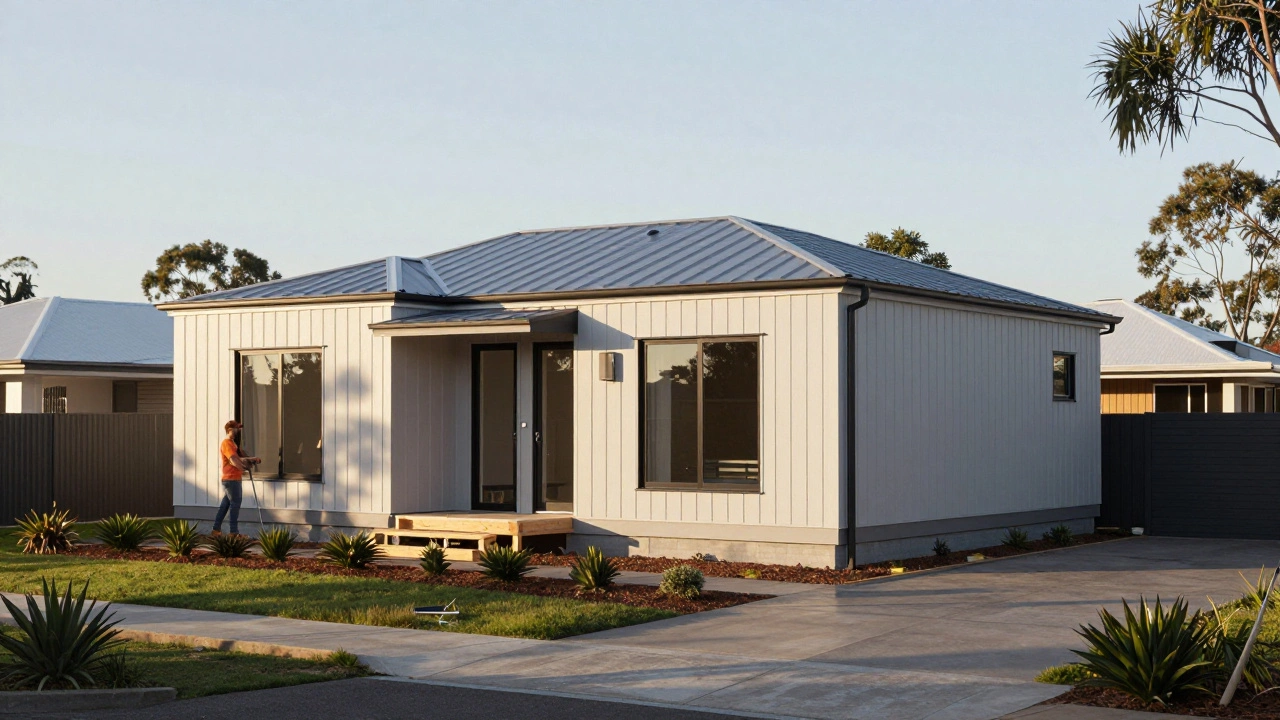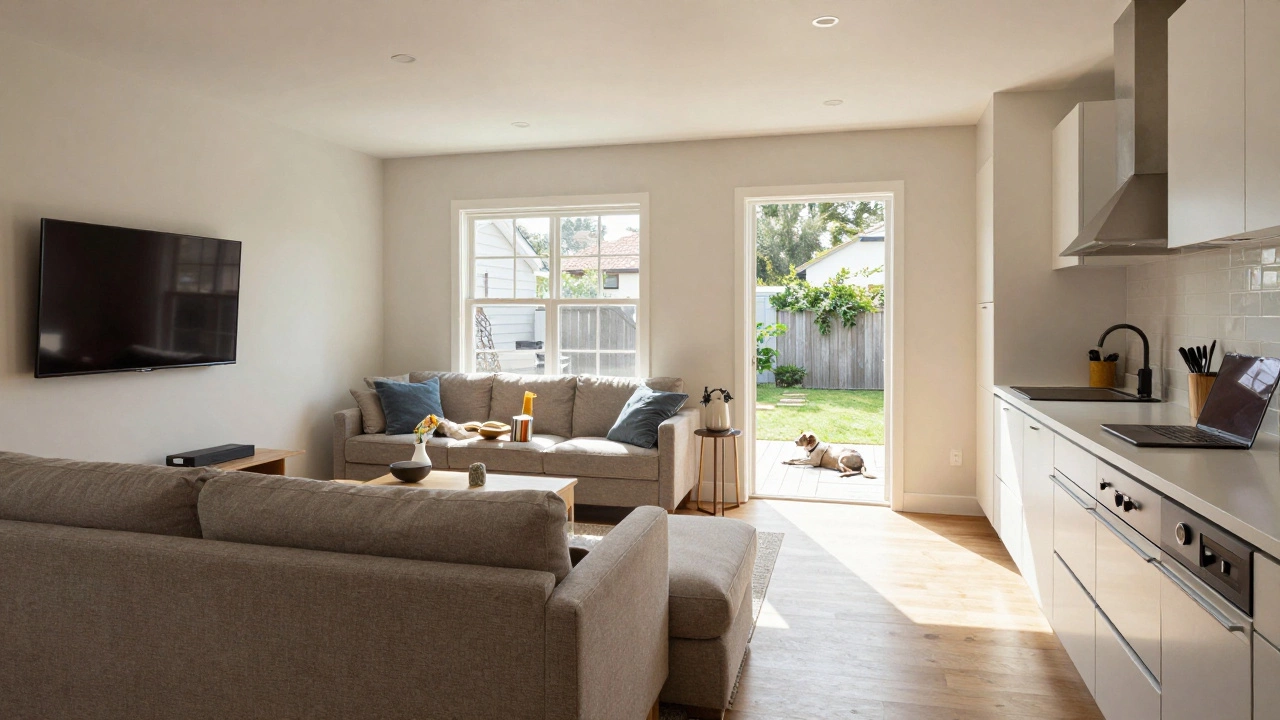Architectural Brief Builder
Your Completed Architectural Brief
Checklist Before Submission
Key Takeaways
- An architectural brief is a concise document that tells an architect exactly what a project needs.
- It covers vision, scope, budget, timeline, site data, regulations, and deliverables.
- Write it in plain language, involve all stakeholders early, and use the checklist at the end.
- Common errors include vague goals, missing budget numbers, and ignoring local codes.
- A solid brief saves time, cuts costs, and keeps the design process on track.
When you start a building project, the first thing you’ll hear from architects is the phrase architectural brief. It sounds formal, but at its core it’s just a clear set of instructions for a designer. Getting that brief right is the difference between a project that runs smoothly and one that stalls at every turn.
What Is an Architectural Services Brief?
Architectural brief is a short, structured document that outlines the client’s goals, constraints, and expectations for a building design. It acts as a contract‑style reference between the client and the architect, ensuring both parties share the same understanding before any drawings are produced.
The brief is not a full design package; rather, it’s thefoundationfor all subsequent work. It tells the architect what problem to solve, the limits they must work within, and the outcomes the client expects.
Core Components of the Brief
A good brief packs all essential information into a handful of sections. Below is a rundown of the most common components, each linked to a key entity that should be defined early in the process.
- Project Vision the overarching idea or purpose behind the building. This is the inspirational “why”.
- Scope of Services the specific tasks the architect will perform, from concept design to construction documentation. Clarifies expectations and prevents scope creep.
- Budget total funds allocated for design, construction, fees, and contingency. Include a range if exact numbers aren’t set yet.
- Timeline key milestones such as design phases, approvals, and construction start/end dates. Helps the architect sequence work.
- Site Information location, plot size, orientation, existing structures, and access points. Critical for feasibility studies.
- Regulatory Requirements local building codes, zoning rules, heritage constraints, and sustainability standards. Prevents costly redesigns later.
- Stakeholder Roles who is making decisions, who needs to sign off, and who will be consulted during design. Keeps communication clear.
- Deliverables the exact drawings, models, and reports the architect will hand over at each stage. Sets measurable outcomes.
How to Write a Clear Brief - Step‑by‑Step
Follow these eight steps to draft a brief that architects can actually work with.
- Gather Stakeholder Input. Hold a short workshop with owners, users, and consultants. Capture their main objectives in a few bullet points.
- Summarize the Vision. Write a one‑sentence statement that captures the project’s purpose. Example: “Create a sun‑lit community hub that encourages social interaction.”
- Define the Scope. List the services you expect: schematic design, design development, construction documents, tender administration, etc.
- Set a Realistic Budget. Include design fees (usually 8‑12% of construction cost), construction cost estimate, and a 10‑15% contingency.
- Outline the Timeline. Provide start‑date, key design review dates, and the target construction completion date.
- Supply Site Data. Attach a site plan, topographic survey, and any existing utility maps.
- List Regulations. Note zoning setbacks, fire‑safety codes, energy‑performance targets, and any heritage overlays.
- Specify Deliverables. Example: “2D schematic plans, 3D massing model, material board, and a 30‑page construction package.”
After you’ve filled each step, review the document for clarity. Ask a non‑technical friend to read it - if they understand the project’s gist, you’re on the right track.
Sample Brief Outline
Below is a one‑page template you can copy‑paste into a Word document.
| Section | What to Include |
|---|---|
| Project Title | “Riverfront Community Center” |
| Vision Statement | Brief description of purpose and desired experience. |
| Scope of Services | Concept design, detailed design, construction documents, site supervision. |
| Budget | Total project cost: $3M (incl. 10% contingency). |
| Timeline | Concept: May-June, Development: July-Oct, Docs: Nov-Feb, Build: Mar‑Dec. |
| Site Information | Lot size 1.2acre, flat terrain, adjacent to river, main access from Main St. |
| Regulatory Requirements | Zone C‑3, max height 25ft, LEED Silver target, flood‑plain mitigation. |
| Stakeholders | Owner - City Council, Users - Local NGOs, Consultant - Structural Engineer. |
| Deliverables | 3‑D model, 2‑D drawings, material specifications, cost estimate. |

Common Mistakes to Avoid
- Vague Goals. “Make it look nice” does not give direction. Replace with measurable targets like daylight percentage or energy use.
- Missing Budget Numbers. Architects can’t size a design without a cost envelope. Even a rough range guides material selection.
- Ignoring Local Codes. Overlooking setbacks or fire‑ratings often forces redesign after construction has started.
- Too Much Detail Too Early. A brief should stay high‑level. Detailed specifications belong in later stages.
- Not Updating the Brief. As the project evolves, keep the brief current. Treat it as a living document.
Checklist Before You Submit the Brief
- All stakeholder objectives captured?
- Budget range clearly stated?
- Key milestones dated?
- Site plan attached and referenced?
- Regulatory constraints listed?
- Scope of services defined with deliverable names?
- Sign‑off fields for client and architect included?
Frequently Asked Questions
Why do I need an architectural brief if I’m hiring an architect?
The brief makes sure the architect knows exactly what you expect, which limits costly revisions and keeps the project on budget.
How detailed should the budget section be?
Provide a total project cost range and break it down into design fees, construction cost, and contingency. Even a rough figure helps the architect size the design.
Can the brief be changed after design work starts?
Yes, but each change should be documented and may affect fees and timeline. Treat the brief as a living document, not a static contract.
What’s the difference between an architectural brief and a design brief?
A design brief often focuses on aesthetics and branding, while an architectural brief adds technical layers such as site data, regulations, and construction scope.
Do I need a lawyer to review the brief?
It’s not mandatory, but legal review can safeguard against ambiguous language that might lead to disputes later.






